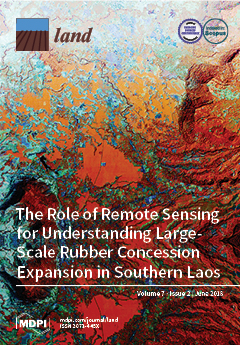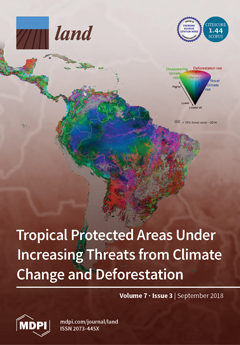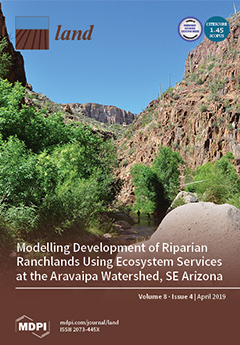Flood Hazard Mapping of a Rapidly Urbanizing City in the Foothills (Birendranagar, Surkhet) of Nepal
Flooding in the rapidly urbanizing city of Birendranagar, Nepal has been intensifying, culminating in massive loss of life and property during July and August 2014. No previous studies have monitored underlying land-cover dynamics and flood hazards for the area. This study described spatiotemporal urbanization dynamics and associated land-use/land-cover (LULC) changes of the city using Landsat imagery classifications for five periods between 1989 and 2016 (1989–1996, 1996–2001, 2001–2011, 2011–2016).









